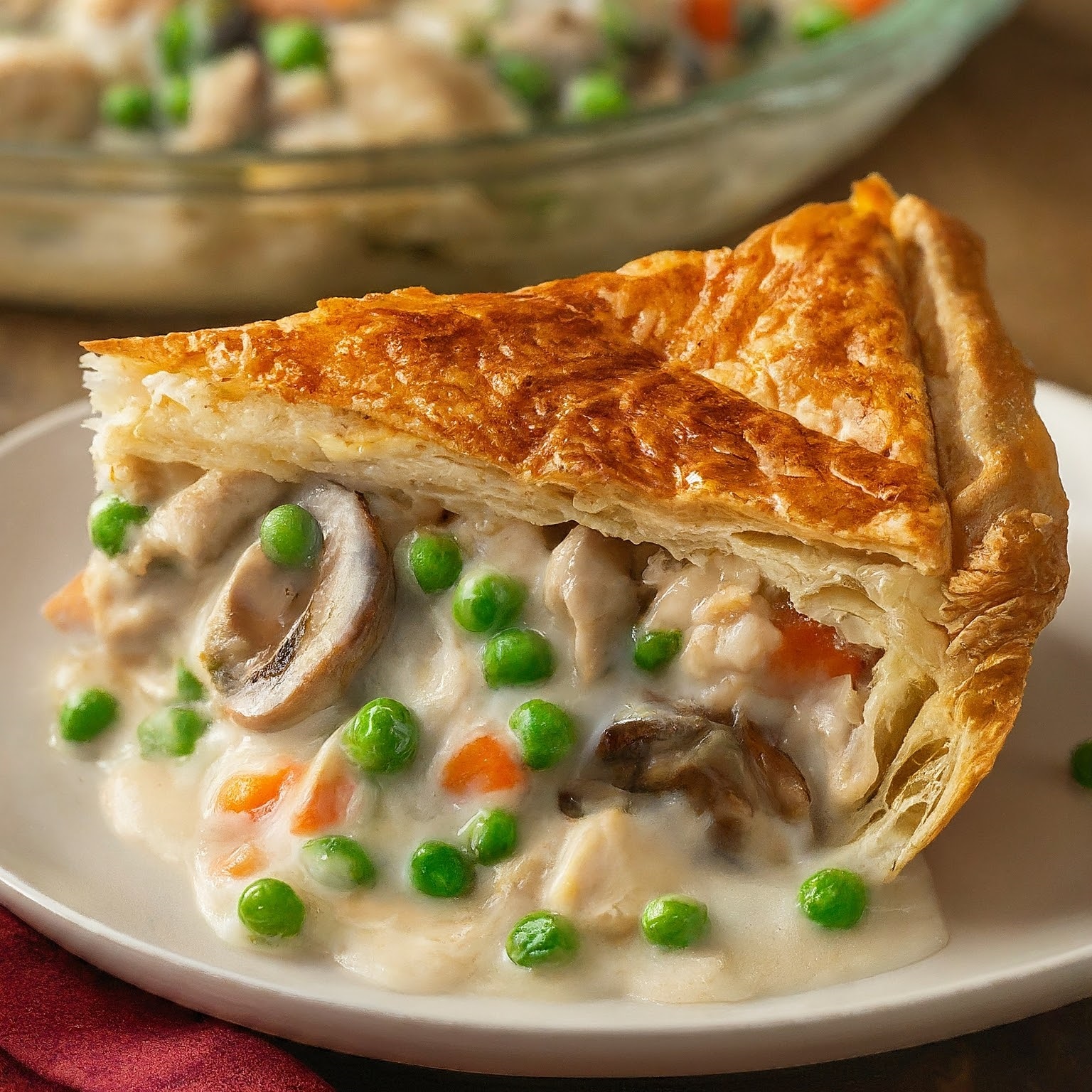A Legacy Of Sweet And Tangy Goodness
Nestled within the rich tapestry of American culinary heritage lies the unique taste of Amish pickles. These sweet and tangy delights, bursting with flavor and tradition, have captivated palates for generations. Among the cherished recipes passed down through Amish families, Annie’s Recipes Sweet Amish Pickles hold a special place.

Table Of Contents
This guide delves into the enticing world of Annie’s recipes, offering you more than just a recipe – it’s a journey into culinary history and cultural heritage. We’ll explore the origins of these pickles, uncover the secrets behind their unique flavor profile, and equip you with the knowledge and confidence to recreate this Amish tradition in your own kitchen.
Unveiling The Secrets Of Annie’s Sweet Amish Pickles
A Glimpse Into Amish Pickling Traditions:
Pickling was a necessity for Amish communities in the days before widespread refrigeration. It served as a way to preserve seasonal produce, ensuring year-round access to fresh vegetables. Over time, unique regional variations developed, each reflecting the distinct cultural influences and preferences within different Amish communities.
The Essence Of Annie’s Recipes:
Annie’s recipes are renowned for their perfect balance of sweetness and tanginess. This signature flavor profile is achieved through a combination of carefully chosen ingredients, precise techniques, and time-honored wisdom.
Essential Ingredients For Sweet Amish Pickles:
- Cucumbers: Fresh, firm cucumbers are the foundation of this recipe. Choose pickling cucumbers for optimal results.
- Vinegar: White vinegar is traditionally used, providing the essential acidity for pickling.
- Sugar: Granulated sugar balances the vinegar’s tartness, creating the signature sweetness.
- Pickling spice: This aromatic blend typically includes mustard seeds, dill seeds, coriander seeds, and turmeric, adding depth and complexity to the flavor.
- Salt: Enhances the overall flavor and aids in preservation.
The Step-by-Step Guide To Pickling Perfection:
- Wash and prepare the cucumbers: Thoroughly wash and slice the cucumbers into your desired size, typically rounds or spears.
- Combine the brine: In a saucepan, heat the vinegar, water, sugar, pickling spice, and salt until the sugar dissolves.
- Pack the cucumbers: Place the sliced cucumbers in a clean, sterilized jar.
- Pour the hot brine: Carefully pour the hot brine over the cucumbers, ensuring they are completely submerged.
- Seal and cool: Seal the jar tightly and allow it to cool to room temperature.
- Refrigerate and enjoy: Once cooled, transfer the jar to the refrigerator and let the pickles mature for at least 24 hours, allowing the flavors to meld and develop fully.
Tips And Variations For The Adventurous Pickler:
- Experiment with different sweeteners: Honey or brown sugar can add subtle variations in sweetness and depth of flavor.
- Spice it up!: Add a pinch of red pepper flakes for a touch of heat.
- Incorporate fresh herbs: Fresh dill or garlic cloves can add additional layers of aroma and taste.
- Explore different vegetables: While cucumbers are traditional, you can also try pickling other vegetables like green beans, onions, or carrots.
Conclusion – Preserving Tradition, One Delicious Bite at a Time
Annie’s Recipes Sweet Amish Pickles offer more than just a culinary experience; they represent a connection to a rich cultural heritage. By mastering this recipe, you not only create delicious pickles but also preserve a cherished tradition. So, gather your ingredients, embrace the spirit of experimentation, and embark on your own pickling adventure!
FAQs
Q: How long do these pickles last?
A: Properly stored in the refrigerator, these pickles can last for several weeks, up to 2-3 months.
Q: Can I use different types of vinegar?
A: While white vinegar is traditionally used, you can experiment with apple cider vinegar for a slightly different flavor profile.
Q: What are some good pairings for these pickles?
A: These pickles are versatile and can be enjoyed on their own, alongside sandwiches, burgers, salads, or charcuterie boards.


